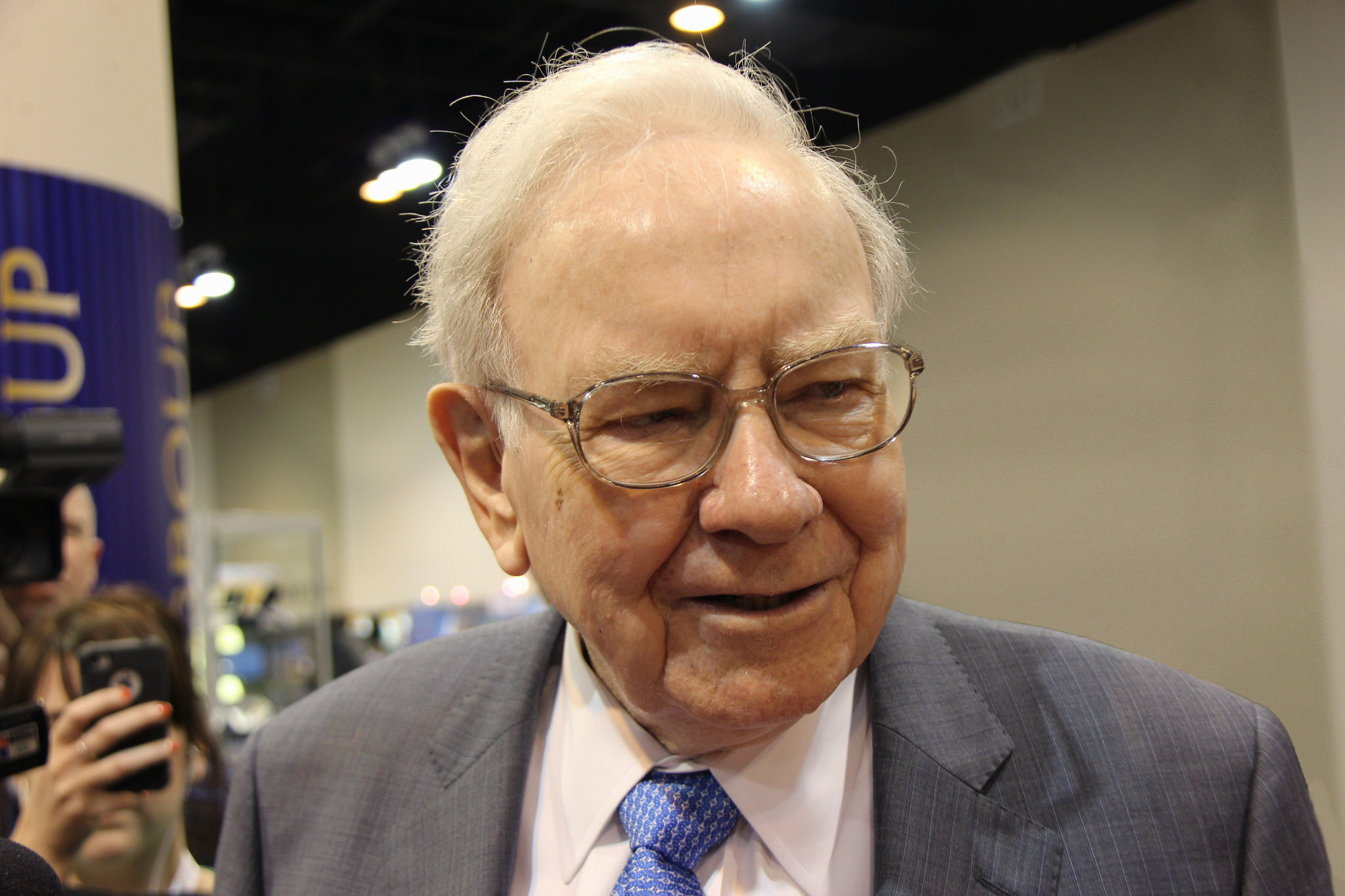CoreWeave and Nvidia’s Backstop Dilemma

The backstop, a bureaucratic mechanism of last resort, functions as an invisible scaffold for the fragile structures of corporate ambition. It is a promise, veiled in legal jargon, that ensures a buyer of last resort will step forward should the intricate machinery of finance falter. Yet, this promise is not a sanctuary but a noose, tightening with each passing year, its terms etched in the cold script of capital.








